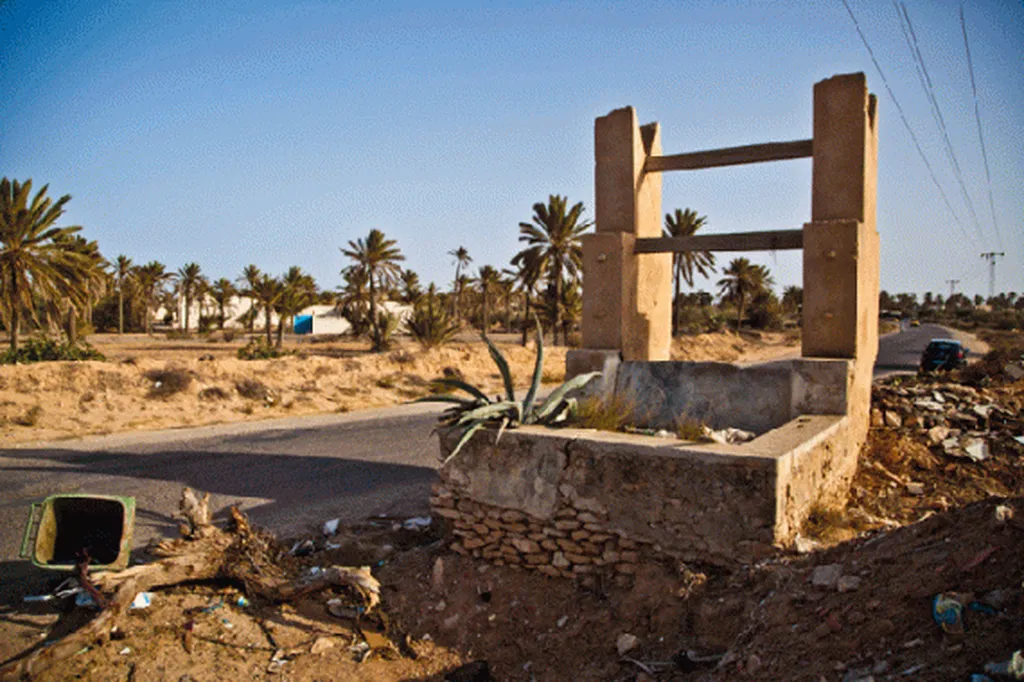In the heart of China’s industrial landscape, a pressing challenge is taking center stage: the mounting piles of gypsum residues, by-products of phosphate fertilizer production and acidic wastewater neutralization. These residues, primarily composed of CaSO4·2H2O, are not just an eyesore; they occupy vast land resources and pose significant environmental hazards, including heavy-metal leakage and toxic gas release. Enter Shenao Zhang, a researcher from the School of Minerals Processing & Bioengineering at Central South University, who is spearheading efforts to transform this industrial waste into valuable resources.
Zhang’s recent study, published in the Journal of Engineering Science, sheds light on the current state and future prospects of comprehensive utilization of phosphogypsum and metallurgical acidic gypsum residue. The research underscores the urgent need to accelerate the utilization of these gypsum residues, aligning with China’s strategic goals of constructing “Waste-Free Cities” and achieving carbon neutrality.
Phosphogypsum, a by-product of phosphate fertilizer production, has found applications in construction, chemical industry, and agriculture. However, its comprehensive utilization rate remains a mere 40%, with large stockpiles continuing to accumulate. “The key to expanding the market demand for phosphogypsum lies in the efficient removal of its impurities,” Zhang explains. His research proposes exploring emerging fields such as gypsum whisker preparation and the synthesis of new chemical raw materials to expand the scale of high-value utilization.
On the other hand, the gypsum residue produced by acidic wastewater neutralization is a more complex beast. Contaminated with toxic elements like arsenic, cadmium, and lead, its disposal primarily involves the recovery of valuable metals and solidification/stabilization. However, the complex composition and low content of these metals make industrialization challenging. Zhang’s study outlines a framework for comparing these two types of gypsum residues, systematically discussing their current utilization and disposal methods, and exploring resource-utilization mechanisms.
The commercial implications of this research are substantial. For the energy sector, the efficient utilization of these gypsum residues could open up new avenues for resource recycling and ecological environmental protection. As Zhang puts it, “Efforts should be made to research and develop highly efficient and low-cost technologies to stabilize the soluble phosphorus and fluorine in phosphogypsum, ensuring its leachate meets the requirements for surface water class V and above.”
The study also proposes future development steps for tainted acid gypsum residues, including developing green and efficient valuable metal element recovery technology, exploring synergistic use technology with other solid wastes, optimizing the application of efficient complexing and precipitating agents, and increasing attention to the longevity of a gypsum slag curing body.
As the world grapples with the challenges of industrialization and environmental protection, Zhang’s research offers a glimmer of hope. By transforming industrial waste into valuable resources, we can pave the way for a more sustainable future. The journey is just beginning, but with continued research and innovation, the dream of a “Waste-Free City” and a carbon-neutral future may not be too far off.

